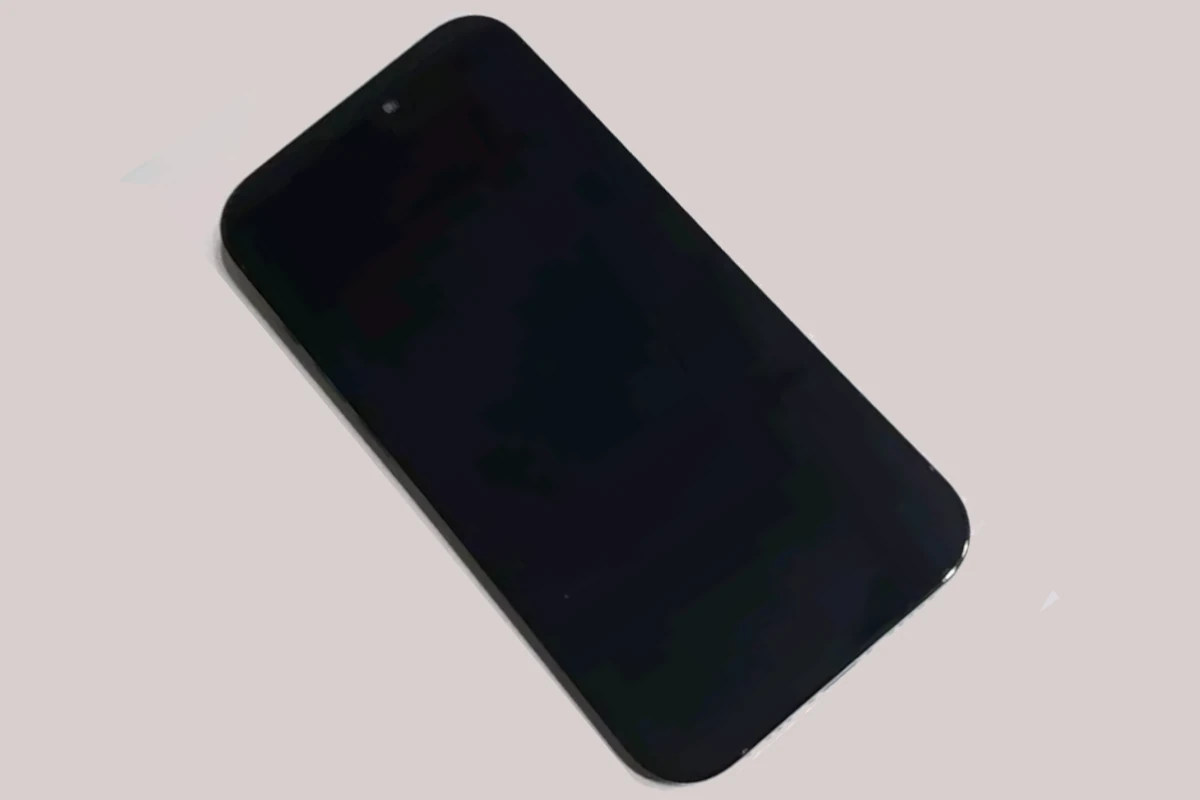If your iPhone’s screen has gone black but you can still hear sounds, feel vibrations, or know the phone is still on, don’t panic—this is a common issue often tied to software glitches, screen connector problems, or display malfunctions. Here’s how to troubleshoot and fix the issue.
1. Force Restart Your iPhone
The most common fix is a force restart, which doesn’t erase your data.
Force Restart Steps:
- iPhone 8 and newer (including iPhone SE 2nd/3rd gen):
Quickly press and release Volume Up, then Volume Down, then press and hold the Side button until you see the Apple logo. - iPhone 7 / 7 Plus:
Press and hold the Volume Down and Power (Side) button together until the Apple logo appears. - iPhone 6s or earlier:
Press and hold the Home button and Power (Top/Side) button at the same time until you see the Apple logo.
2. Check If Screen Brightness or Accessibility Is Causing It
Sometimes a combination of low brightness and accessibility settings can make the screen appear black.
- Connect your iPhone to a bright screen (like a monitor or Mac with Sidecar) to check if visuals appear.
- Try asking Siri something like “Turn brightness up” or “Turn on VoiceOver” to navigate blindly.
- Plug it into power—charging might force the screen to re-engage.
3. Connect to a Computer and Use Finder or iTunes
If the screen stays black but your phone is detected:
- Plug your iPhone into a computer.
- Open Finder (macOS Catalina and later) or iTunes (Windows or macOS Mojave and earlier).
- If the device is detected, backup your data immediately.
- You can try restoring your iPhone:
- Choose Restore iPhone to reinstall iOS.
- If prompted, try Update first to avoid data loss.
4. Put iPhone Into Recovery Mode
If Finder/iTunes can’t detect your iPhone normally:
- Connect it to your computer.
- Enter Recovery Mode:
- Follow the force restart instructions, but keep holding the buttons even after you see the Apple logo—release only when the recovery mode screen appears (iTunes logo + cable).
- Choose Update to reinstall iOS without wiping data.
- If update fails, use Restore (this erases the device).
5. Check for Physical or Water Damage
A black screen can be caused by:
- Loose screen connector (common after drops)
- A damaged display panel
- Water exposure, even if the phone is waterproof-rated
Inspect for:
- Cracks or visible lines
- Faint display backlight
- Liquid indicators (look inside the SIM tray for a red dot)
6. Use a Flashlight to Spot a Dim Screen
Sometimes the screen is working but the backlight is not. Shine a flashlight at an angle on the screen. If you can faintly see icons or movement, it’s a backlight issue, and the screen likely needs repair.
7. Seek Professional Help
If you’ve tried everything and the screen is still black:
- Book a Genius Bar appointment or visit an authorized repair shop.
- If your iPhone is under AppleCare+, screen repairs may be low-cost or free.
- Third-party repair centers can also check screen connectors or replace the display.
Preventing This in the Future
- Avoid overheating your device or exposing it to moisture.
- Always update to the latest version of iOS.
- Use screen protectors and durable cases to minimize impact damage.
This issue can often be fixed with a force restart or iOS reinstall. However, if the screen is physically damaged or the backlight is dead, professional repair may be your only option.
Key Takeaways
- Quick restarts can solve many black screen problems.
- Hardware and software issues may cause black screens.
- Professional help or repair tools might be needed.
Troubleshooting Black Screen Issues
Have you ever faced a situation where your iPhone screen goes black but the device is still on? This can be quite frustrating, especially when you need to use your phone urgently. This issue can occur due to various reasons, such as hardware problems or software glitches. There are several ways to tackle this problem and get your iPhone back to normal.
In some cases, a quick restart or forced restart can solve the issue. If the problem persists, there may be a need to check the iPhone’s hardware components or even restore the software. Ensuring your device has a full charge and checking for any external damage can also be crucial steps.
For those who are not tech-savvy, seeking professional help or using tools designed to repair iPhones might be the best way to proceed. Knowing how to fix a black screen can save time and avoid unnecessary stress.
To fix your iPhone black screen issue, check some basic things first. If that doesn’t work, try more advanced methods to solve the problem.
Preliminary Checks
First, make sure your iPhone is charged. Connect it to a charger and check if the battery icon appears on the screen. If nothing shows up, try a different cable or charger.
Next, look at the display settings. Press the Volume Up button, then the Volume Down button. Quickly, press and hold the Side button until the Apple logo appears. This reboot can solve minor software issues.
Also, make sure there’s no visual damage. Sometimes, physical problems can cause the screen to go black. If the screen is cracked or water-damaged, go to Apple Support for help. You might need a professional repair.
Advanced Solutions
If basic checks don’t work, connect your iPhone to a computer. Open iTunes and follow the steps to restore or update your device.
A force restart can fix persistent software glitches. Quickly press the Volume Up button, then the Volume Down button. Then, press and hold the Side button until you see the Apple logo.
If problems continue, try entering DFU mode. This is a deeper restore method that can fix firmware issues. It’s a last resort before contacting Apple Support.
Sometimes, you might need a professional repair. If your iPhone stays black after trying these methods, it’s time to visit an Apple Store or contact Apple Support. They can offer more help and might need to replace parts of your phone.







